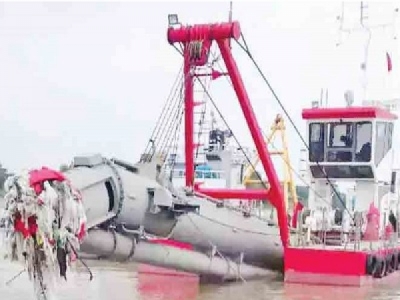
Posted on October 4, 2018
Plastic materials, including plastic bottles and polythene bags, are causing troubles in the capital dredging of the River Karnaphuli began on September 27 to restore the river’s depth for vessel movement.
The dredging began on September 27 from Bakalia Char area.
‘The main difficulty is we are not getting sand and all we are getting are plastic materials, including plastic bottles and polythene bags, which are causing problems for the dredgers,’ said the project director Commander M Arifur Rahman, also the Chittagong Port Authority chief hydrographer of CPA,.
‘We have to remove the plastic materials from the dredging machines frequently. Almost 1-2 feet of the top soil of the river bed is covered by these solid wastes dumped into the river,’ he said.
‘We are dumping the dredged materials near Sat Sanga Bihar point near to Karnaphuli Bridge. Later we would also dump dredged sludge on Haldar Char,’ he added.
‘Residents and traders would get relief from tidal surge and water stagnation following the dredging and I hope that CPA and agencies concerned would complete the dredging maintaining transparency’, said Chittagong Chamber of Commerce and Industry director Syed Sagir Ahmed.
He added that for past few years the residents and traders of low lying areas of Chattogram suffered a lot due to water stagnation and tidal surge. As the river bed is filled up, ship can enter into the port only during tide.
On May 5, Chittagong Port Authority and Bangladesh Navy signed a contract for Karnaphuli dredging. As per the contract, they were supposed to start the work in 14 days of the signing, but the authority concerned took time on the ground of monsoon.
Under the Sadarghat-Bakalair Char Dredging project 2.5km long and 250 metres width area from Sadarghat to Bakalia Char would be deepened 4 metres below the sea level removing 43 lakh cubic metre sludge, estimated by Bangladesh Engineering of Science and Technology experts.
Two dredgers would complete the dredging in a year at a cost of Tk 258.51 crore. Bangladesh Navy would do maintenance work for the next three years.
After the implementation of the project, the area would be developed like Hatirjheel in Dhaka and fish landing station would be set up for berthing of fishing trawlers, said the project director.
The dredged materials would be dumped at Haldarchar and Bakalia char where the proposed Bangabondhu Maritime University would be constructed, he said.
After the dredging, 400 metre lighter jetty would be functional and 4 ships would berth in the jetty.
Although the jetty area is situated in 4-5 kilometres of the estuary, the port authority uses 25 kilometre area of the upstream and supervises the main part of the Karnaphuli River. Because of pollution and encroachment the river bed is filling up hampering the activities of the port, port authority officials said.
Source: NewAge Bangladesh





